Download SBOK® Guide (A Guide to Scrum Body of Knowledge) E-book. More
SCRUMstudy™ certifications are the most popular and widely accepted scrum certifications. Learn more
Physical Resources
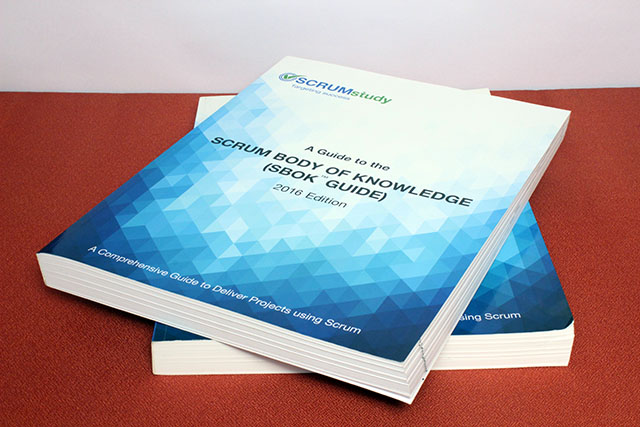
A Guide to the Scrum Body of Knowledge (SBOK® Guide), which is the definitive guide for Scrum (400 pages)
A Guide to the Scrum Body of Knowledge (SBOK® Guide) provides guidelines for the successful implementation of Scrum—the most popular Agile product development and project delivery methodology.
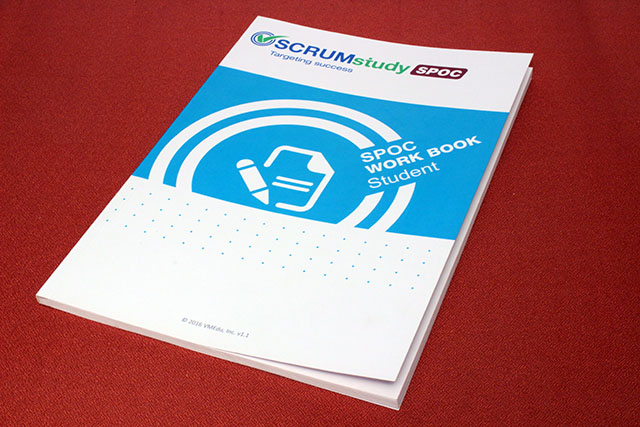
SPOC® Student Workbook (83 pages)
A comprehensive workbook covering syllabus areas concerned with Scrum Product Owner Certification as defined in the SBOK® Guide. The workbook covers topics on different Scrum phases and the importance of Value in a Scrum project
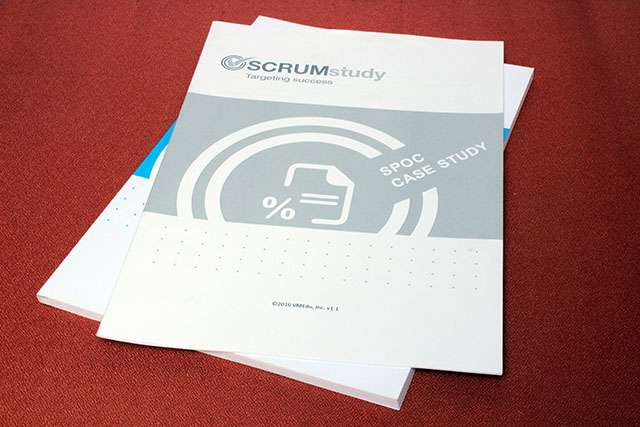
SPOC® Student Case Study Booklet (12 pages)
This includes a real-life scenario and relevant questions around a new product development - online role playing game. This helps candidates with the practical understanding of the concepts.
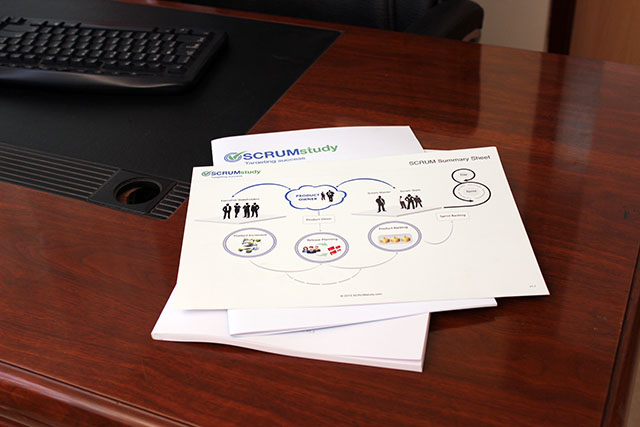
SPOC® One Pager
This contains some of the most important concepts relevant to Scrum Product Owner. It is a ready reckoner if a candidate wants to revise important concepts such as Scrum roles and the different artifacts used in a Scrum project.
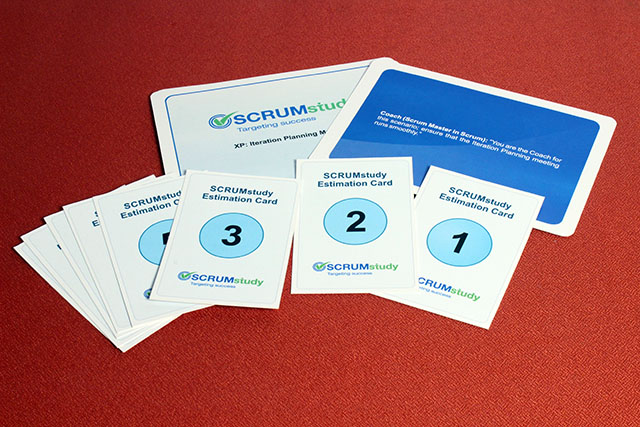
Scrum Estimation Cards (8 pages)
Estimation cards for classroom exercises help candidates understand how to estimate different tasks in a Scrum project.
Online Resources
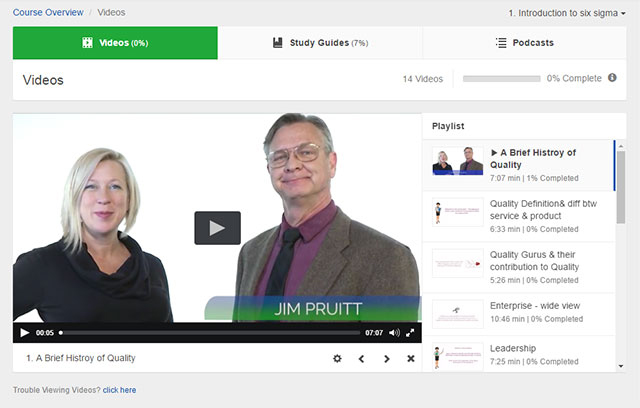
High Quality Videos
We have 28 high quality, interactive, and engaging online videos for each chapter and knowledge area. All course videos are prepared and presented by industry experts.
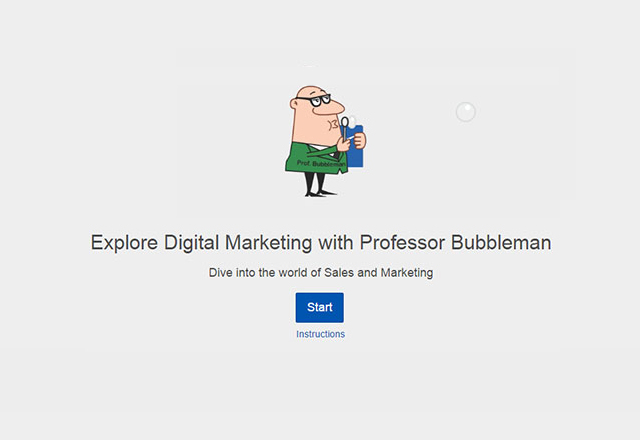
Illustrative Case Study
An interesting and illustrative case study based on a real-life scenario is provided to ensure that theoretical concepts can be applied to practical situations. This is fun to solve and provides great insights at the same time.
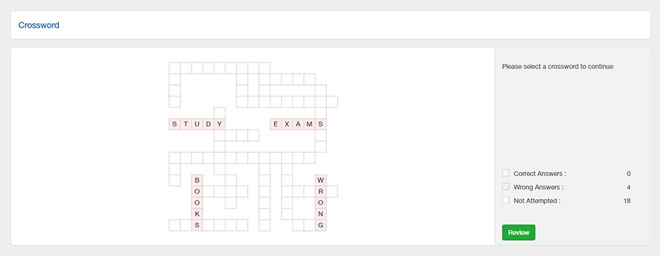
Crossword
An engaging and challenging crossword is provided to ensure a fun-filled learning experience.
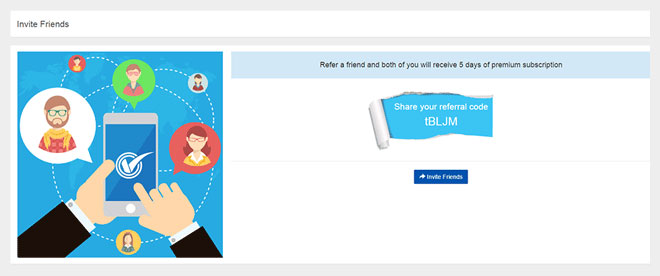
Reference Material
Additional reference materials such as role guides are provided to enhance your learning experience.

Mobile App
You can access courses in all formats anytime, anywhere through VMEdu®'s innovative mobile app and enjoy the same learning experience that you get online.
Progress Tracking
You can track your progress online or through mobile app for each course and each chapter and continue from where you left off.

Continuous Improvement
We provide knowledge area-wise analyses of exam results with justifications for each question. This helps you identify your strengths and weaknesses and improve your performance.
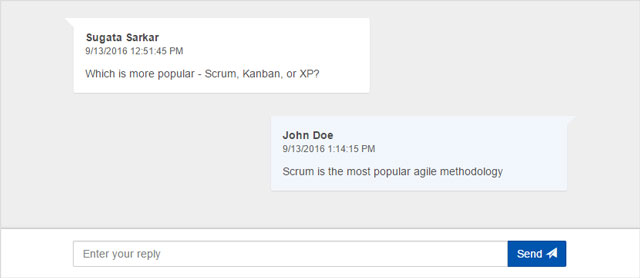
Collaborate and Learn
Our learning platform allows team members to discuss with each other and learn collaboratively.
SCRUMstudy™ course methodology is designed by experts with extensive experience in the field of professional training and education. It combines our extensive knowledge of Scrum/Agile with innovative methods of course delivery to provide a practical understanding of Scrum/Agile concepts. We provide flexible learning through online, mobile and physical classes. Our courses are based on a comprehensive guide—A Guide to the Scrum Body of Knowledge (SBOK® Guide).
Here are five reasons why SCRUMstudy™ training methodology is the best way to learn:
- Theoretical concepts taught through instructor-led discussions using PowerPoint presentations, videos, examples, chapter test questions and more
- Comprehensive case studies where all participants work in teams to apply the theoretical concepts to a real-life situation.
- Understand how Scrum can be effectively used for your company and how to maximize your ROI by delivering projects using Scrum.
- Understand how to self-study in the future using SCRUMstudy™ online study resources and mobile apps; and constantly improve your project delivery.
- Multi-modal learning through:
- Instructions from faculty
- Peer to peer interactions
- Self-study both during and after the class
- Sample case studies which help you apply the theoretical concepts to real life scenarios
- Multiple tests—Chapter tests at the end of each chapter and live proctored certification exams, to gauge your learning.
Course Description
Following is a brief description of topics covered in SPOC® training.
Introduction: This chapter describes the purpose and framework of the SBOK® Guide.
Overview of Agile: This chapter provides an overview of Agile which includes Agile Manifesto; Agile Principles; What has Changed with Agile; Declaration of Interdependence; and Agile Methods—Lean Kanban, Extreme Programming, Crystal Methods, Dynamic Systems Development Method, Feature Driven Development, Test Driven Development, Adaptive Software Development, Agile Unified Process, and Domain Driven Development.
Scrum Overview: This chapter talks about Planning in Scrum, Scrum Framework, Scrum Roles, and Scrum Flow.
Initiate: The Initiate phase includes processes related to initiation of a project—Create Project Vision; Identify Scrum Master and Stakeholder(s); Form Scrum Team; Develop Epic(s); Create Prioritized Product Backlog; and Conduct Release Planning.
Plan & Estimate: The Plan and Estimate phase consists of processes related to planning and estimating tasks which include Create User Stories; Approve, Estimate and Commit User Stories; Create Tasks; Estimate Tasks; and Create Sprint Backlog.
Implement: The Implement phase consists of processes related to execution of tasks and creation of a project’s product. These processes include Create Deliverables; Conduct Daily Standup; and Groom Prioritized Product Backlog.
Review and Retrospect: The Review and Retrospect phase is concerned with reviewing the deliverables created, and determining ways to improve practices and methods used for project execution. The processes related to this phase include Demonstrate and Validate Sprint; and Retrospect Sprint.
Release: The Release phase emphasizes delivering the Accepted Deliverables to the customer and identifying, documenting, and internalizing the lessons learned during the project. The processes related to this phase include Ship Deliverables, and Retrospect Project.
Importance of Value: This chapter talks about Practices for Value-driven Delivery, and Risk Management.
Scrum Implementation: This chapter discusses Scalability of Scrum, and Transition to Scrum.
After the class, participants will receive a web address for an online proctored SPOC® examination. The exam can be taken at a time and place of the participant’s choice. The exam contains one hundred and forty multiple choice questions, and students have three hours to complete it. Passing the examination is the last step in becoming Scrum Product Owner Certified. Assistance for accessing the exam is available through the helpful SCRUMstudy™ support team. Immediately after completing the exam, students will be informed of their results. Successful candidates are awarded the ‘Scrum Product Owner Certified’ (SPOC®) certification from SCRUMstudy™. They will receive a soft copy of the certificate by email, and a physical copy of the certificate by mail.
Exam Format
- Multiple choice
- 140 questions per exam
- No negative marks for wrong answers
- 180 minutes duration
- Proctored online exam.
- Current pass rate: 93%